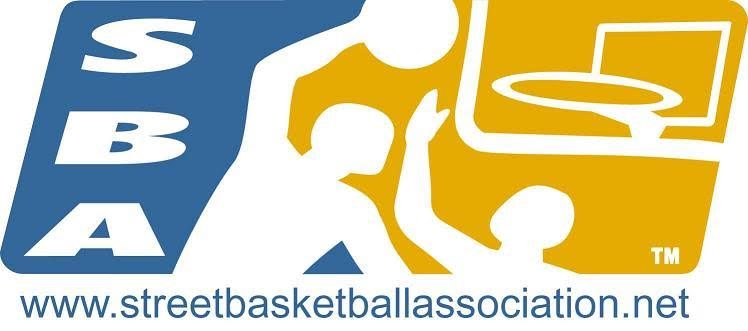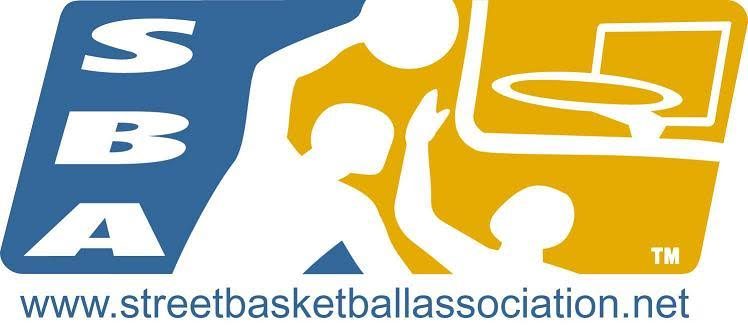Streetball History
A HOOP AND A HOPE: THE HISTORY OF STREET BASKETBALL
In the early 1900’s, “doing more with less” wasn’t just a cliché, it was a way of life. Armed with little more than a hoop and a hope, these talented forefathers hit the pavements of Washington, D.C. and New York City to showcase their many talents. It was the birth of “Street” or “Black” Basketball.
The unbeatable combination of raw talent and gritty perseverance gave rise to amateur leagues such as Washington’s Interscholastic Athletic Association, Black Basketball League, and the Colored Intercollegiate Athletic Association. Enthusiastic fans would file into packed gymnasiums and community halls to witness the basketball wizardry of the leagues; and since most of these venues came equipped with a stage, you could count on a performing band to dazzle the adrenaline pumped crowds before, during, and after the game.
The unbeatable combination of raw talent and gritty perseverance gave rise to amateur leagues such as Washington’s Interscholastic Athletic Association, Black Basketball League, and the Colored Intercollegiate Athletic Association. Enthusiastic fans would file into packed gymnasiums and community halls to witness the basketball wizardry of the leagues; and since most of these venues came equipped with a stage, you could count on a performing band to dazzle the adrenaline pumped crowds before, during, and after the game.
Marketing Magic
It didn’t take long for game promoters and organizers to realize that Black Basketball could be a very profitable business; the fine line between amateur and professional was officially crossed. As the population in major U.S. cities grew after World War I, so did the growth of Black Basketball. Teams such as the Harlem Renaissance (Rens) and the Original Celtics dominated the scene with the Rens being recognized as the preeminent team in the 1920s. More teams, more fans, more recognition, equaled more profits.
The Rens and other “street ball” teams went on the road to compete against all-white teams after WWII. Many of these Black basketball players would go on to enroll in and play for historically Black Colleges. Thanks to them, the Central Intercollegiate Athletic Association (CIAA), formerly known as the Colored Intercollegiate Athletic Association, became one of the premiere conferences in the nation. By the 1950s, a former WWII veteran and current New York City Park and Recreation employee, Holcomb Rucker, established a basketball tournament in Harlem. Soon this Harlem tournament would become a basketball institution where every great Black ball player from Wilt Chamberlain to Lew Alcinder and Julius Erving would grace the court of Rucker.
As more Black players were selected to the NBA, it still became a summer ritual to play in the Rucker league to prove that you still had game, true game. Many considered it a rite of passage. In recent years, “Street ball” has been introduced to mainstream America through the NCAA with teams such as the Phi Slamma Jamma of Houston, the Hoya Paranoia of Georgetown, the Runnin’ Rebels of UNLV, and finally, the Fab Five of Michigan. These teams had a style and charisma that was just as intense and exciting as any before seen in the college ranks.
After Michael Jordan, Larry Bird and Magic Johnson retired from the NBA, there was a void to be filled and America was anxiously looking for their replacements. Harold Minor, Penny Hardaway and Grant Hill all were looked upon to be the one, but it soon became apparent the savior of hoops would not be a single, lone player, but instead, a defining, enduring style that would engage the masses for years to come.
Fast forward to Allen Iverson. His street ball style of play and hip-hop image failed to win rave reviews initially. Former NBA players such as Charles Barkley referred to Iverson as the “Playground Rookie Of the Year” instead of his just due as NBA Rookie of the Year. However, within 2-3 years, a new wave of young players would enter the NBA. This hip-hop inspired group would resemble more Iverson than the Barkleys of the past. Basketball and Pop culture in the league would become a foregone conclusion.
The Rens and other “street ball” teams went on the road to compete against all-white teams after WWII. Many of these Black basketball players would go on to enroll in and play for historically Black Colleges. Thanks to them, the Central Intercollegiate Athletic Association (CIAA), formerly known as the Colored Intercollegiate Athletic Association, became one of the premiere conferences in the nation. By the 1950s, a former WWII veteran and current New York City Park and Recreation employee, Holcomb Rucker, established a basketball tournament in Harlem. Soon this Harlem tournament would become a basketball institution where every great Black ball player from Wilt Chamberlain to Lew Alcinder and Julius Erving would grace the court of Rucker.
As more Black players were selected to the NBA, it still became a summer ritual to play in the Rucker league to prove that you still had game, true game. Many considered it a rite of passage. In recent years, “Street ball” has been introduced to mainstream America through the NCAA with teams such as the Phi Slamma Jamma of Houston, the Hoya Paranoia of Georgetown, the Runnin’ Rebels of UNLV, and finally, the Fab Five of Michigan. These teams had a style and charisma that was just as intense and exciting as any before seen in the college ranks.
After Michael Jordan, Larry Bird and Magic Johnson retired from the NBA, there was a void to be filled and America was anxiously looking for their replacements. Harold Minor, Penny Hardaway and Grant Hill all were looked upon to be the one, but it soon became apparent the savior of hoops would not be a single, lone player, but instead, a defining, enduring style that would engage the masses for years to come.
Fast forward to Allen Iverson. His street ball style of play and hip-hop image failed to win rave reviews initially. Former NBA players such as Charles Barkley referred to Iverson as the “Playground Rookie Of the Year” instead of his just due as NBA Rookie of the Year. However, within 2-3 years, a new wave of young players would enter the NBA. This hip-hop inspired group would resemble more Iverson than the Barkleys of the past. Basketball and Pop culture in the league would become a foregone conclusion.
HIP HOP AND HOOPS
The emergence of hip-hop culture continued to permeate arenas throughout the NBA, with Iverson and others of the New Guard representing a beacon of hope for Madison Avenue as they tried to cash in after the lean years post Jordan. In 2001, the “street ball” style was fully embraced by America. Iverson leads the Philadelphia 76ers to the NBA Finals and AND 1 launches the first Summer Street ball tour.
THE FUTURE OF STREET BASKETBALL: THE S.B.A.
The Street Basketball Association, LLC was also established in 2001 with a mission to create a professional street basketball league and a forum for talented players to showcase their innovative and unique skills in front of television viewers and live audiences around the globe.
Since the inception of the SBA….. we have taken the game of basketball to a new level globally and inspired a generation of youth across the globe to shoot hoops. The SBA continues to build the “streetball” industry while supporting international organized efforts to further develop the sport of basketball throughout the world.
Our Basketball Motto says it all…..“We Got our Five….Get Yours”!

